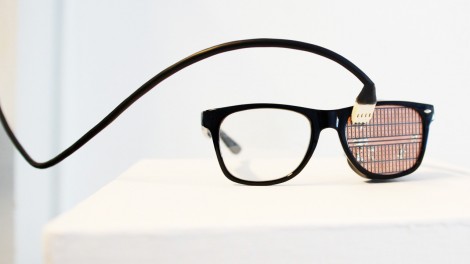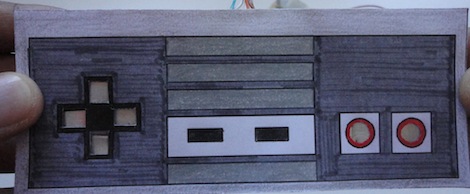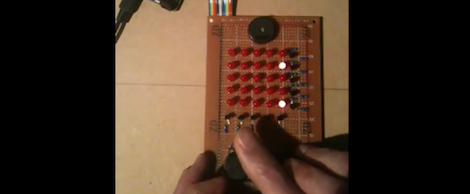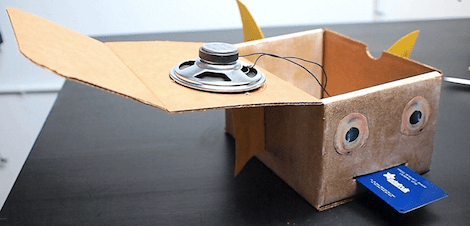
In addition to being a great replacement for that aging eye patch, these specs act as a light switch. By watching your eyelids, they are able to kill the lights whenever you blink.
The installation is a shared experience piece conceived by [Michal Kohút]. He wanted to illustrate the constant blinking we all do but rarely think about. The system uses an Arduino to capture events from the blink sensors and switch the lights accordingly. This way the wearer doesn’t experience a loss of illumination, but the observer does. Check out the video after the break for a quick demonstration.
One of the commenters from the source article shared a video link to another blink-based light project. That one uses electrodes attached to skin around your eye in order to detect eyelid motion.
















